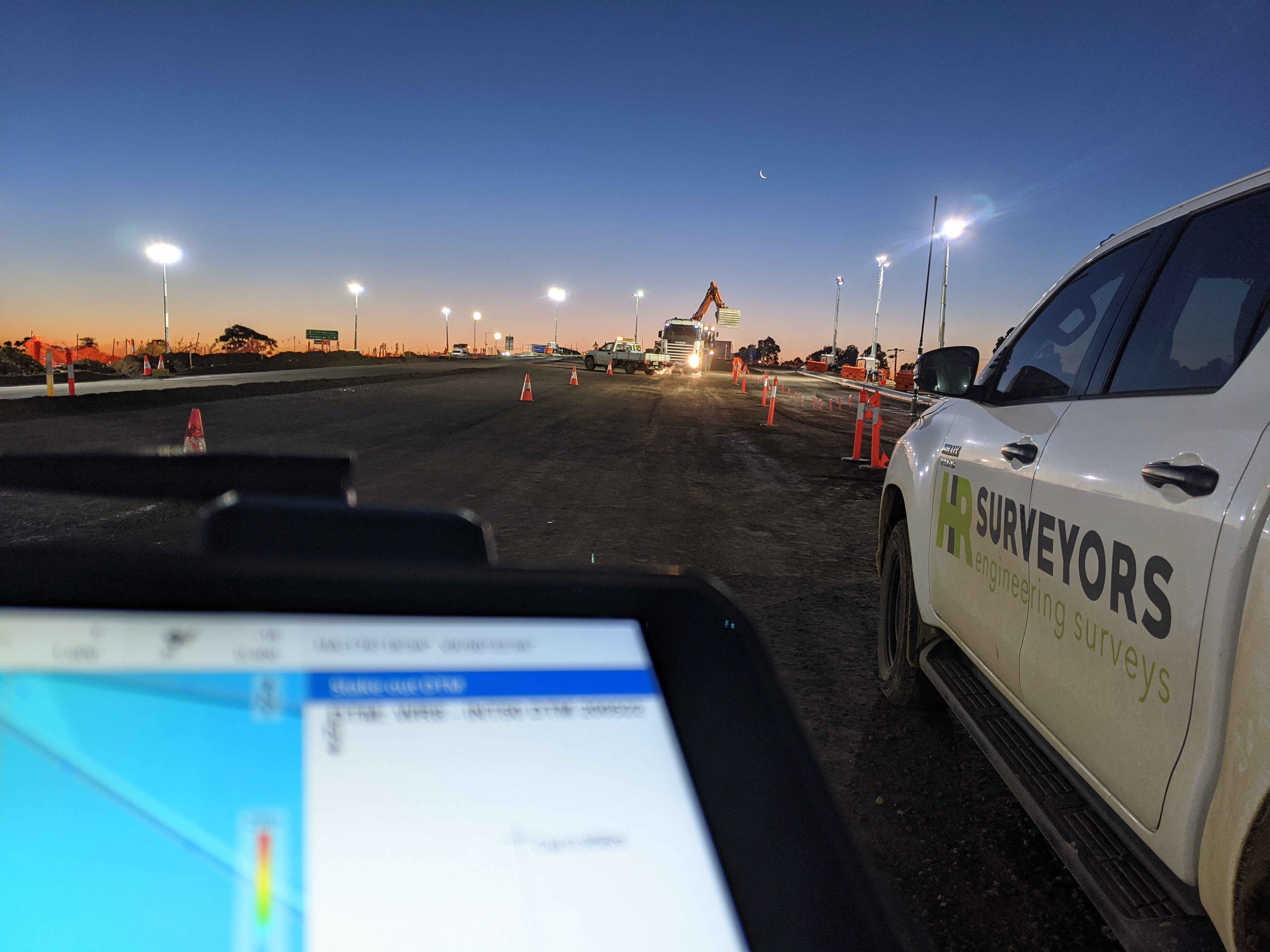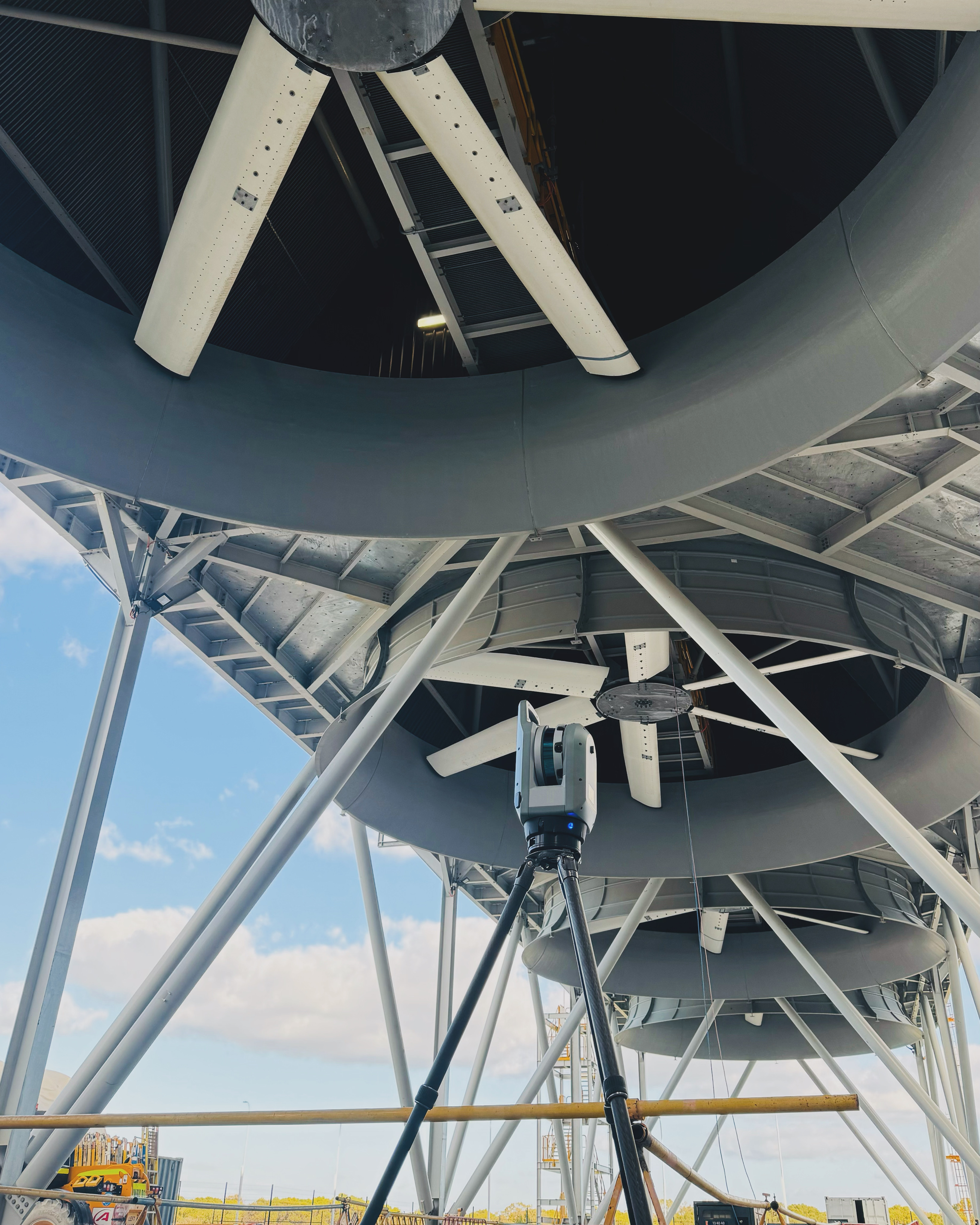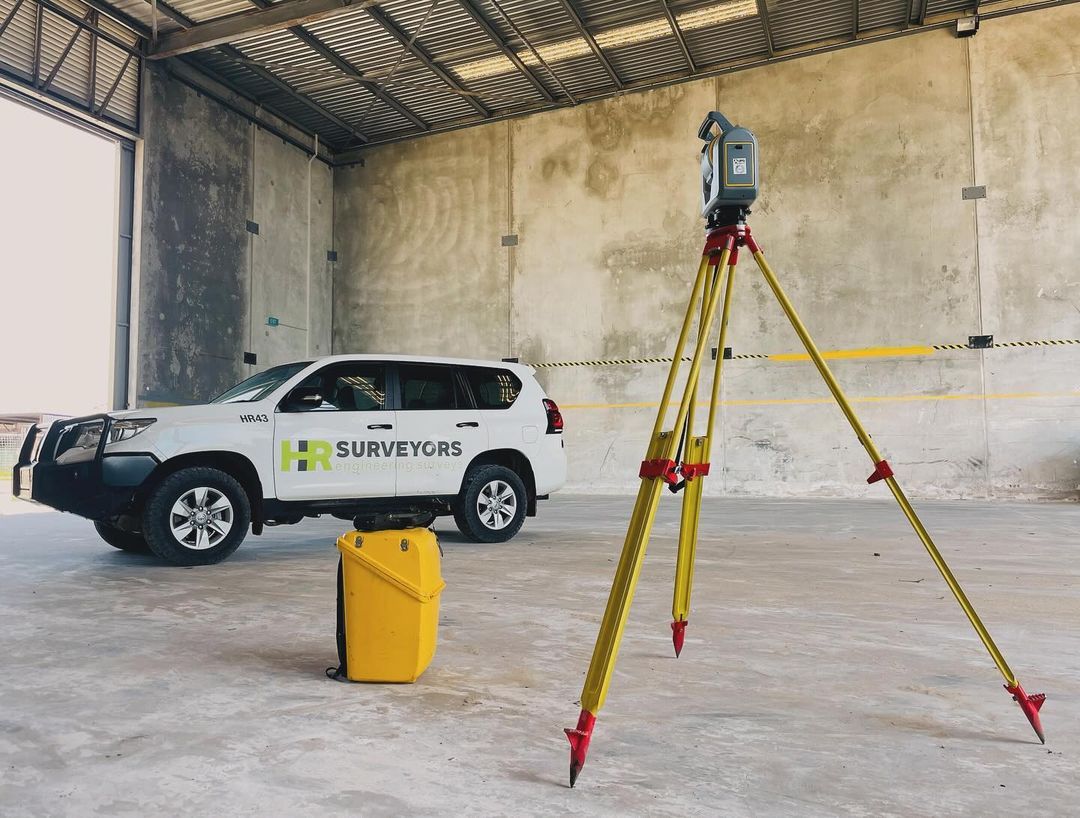
What is a Total Station?
A comprehensive guide to total station technology, components, and applications in modern surveying.
Total Station Definition
A total station is a modern surveying instrument that combines an electronic theodolite for measuring angles with an electronic distance meter (EDM) for measuring distances. This integration allows surveyors to determine precise coordinates of points by measuring angles and distances from a known reference point.
Modern total stations represent the evolution of traditional surveying tools, incorporating advanced electronics, computing power, and measurement technologies. At HR Surveyors, our total station survey equipment utilizes the latest technology to deliver millimeter-level accuracy for construction and engineering projects.
Core Components
Electronic Theodolite
The core component for measuring horizontal and vertical angles with digital precision and electronic compensation.
Electronic Distance Meter (EDM)
Laser-based distance measurement system that calculates distances to prisms or reflectorless surfaces.
Onboard Computer
Integrated processing unit that calculates coordinates, stores data, and manages measurement operations.
Advanced Technology Systems
Angle Measurement Technology
Modern total stations use advanced encoders and compensators for precise angle measurements.
- Digital angle encoders
- Automatic compensation
- Dual-axis tilt sensors
- High-resolution displays
Distance Measurement Systems
Multiple EDM technologies provide accurate distance measurements in various conditions.
- Phase-shift technology
- Time-of-flight measurement
- Reflectorless capability
- Prism-based precision
Data Processing & Storage
Advanced computing capabilities enable real-time coordinate calculation and data management.
- Real-time coordinate calculation
- Data storage and transfer
- Integration with CAD software
- Quality control algorithms
Evolution of Surveying Technology
Traditional Theodolites
Manual optical instruments requiring separate distance measurement and manual calculations.
Advantages:
Proven reliability, no power requirements
Limitations:
Time-consuming, prone to human error
Electronic Total Stations
Integration of electronic theodolite with EDM technology for automated coordinate calculation.
Advantages:
Faster measurements, reduced errors
Limitations:
Requires power source, higher cost
Modern Robotic Systems
Advanced total stations with robotic tracking, remote operation, and wireless connectivity.
Advantages:
Single-person operation, increased productivity
Limitations:
Complex setup, higher investment
How Total Stations Work
Measurement Process
1. Setup & Calibration
Total station is positioned on a stable tripod and calibrated to known reference points.
2. Target Acquisition
The instrument sights the target point or prism for angle and distance measurement.
3. Data Processing
Onboard computer calculates precise coordinates using measured angles and distances.
4. Data Storage
Measurements are stored digitally for transfer to CAD systems and project documentation.


Explore Total Station Technology
Equipment Features
Advanced features and capabilities of modern total station equipment.
Equipment Features →Applications Guide
Professional applications of total station technology in surveying.
Applications Guide →Best Equipment
Professional recommendations for total station selection and use.
Equipment Selection →Ready to Start Your Project?
Let us bring precision to your next engineering challenge.
Get in Touch →